This post may contain affiliate links.
For the average gardener, growing vegetables requires a lot of preparation and work. But what if there is an easier way to reduce the time we spend planting vegetables yearly? The answer is planting perennial veggies.
Unlike annuals, perennial vegetables are crops that can survive, produce, and regrow for multiple growing seasons without replanting. You just need to plant them once and keep enjoying their harvest.
Here are 12 perennial veggies to grow that will keep returning year after year.
Asparagus

Asparagus is one of the most common perennial vegetables you can plant in your garden. Known for its tender, succulent spears with unique flavor, asparagus requires much sunlight and well-drained soil to grow as a perennial. Additionally, asparagus has to grow for 2 to 3 years before first harvest, but when established, it can produce spears for up to 15 years.
Globe Artichoke
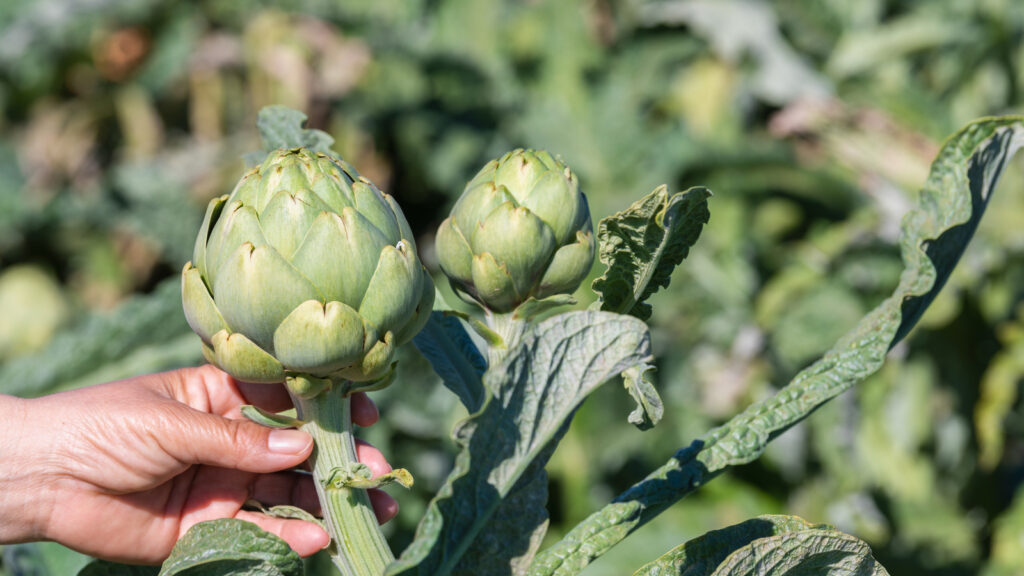
Artichokes thrive when they receive plenty of consistent moisture, so keeping them well-watered for optimal growth is crucial. It’s best to wait a few years before harvesting, allowing the plants to become fully established. With each passing year, you’ll notice the harvests become increasingly bountiful, a testament to the rewards of patience.
These plants can grow quite large, reaching 3-4 feet and spreading out to nearly 4 feet wide, so make sure to give them ample room to flourish. They perform best in full sunlight to partial shade and favor a light, fertile, and well-draining soil to truly thrive.
Radicchio

If you leave radicchio in the ground instead of digging it up for blanching—a technique some chefs favor—it’ll return year after year in most climates. Radicchio is best enjoyed in delicious salads for a zesty kick.
Horseradish

Horseradish is another popular perennial vegetable. This spicy and peppery vegetable, which belongs to the same family as broccoli, cabbage, and mustard, adds a distinct kick to various dishes.
Horseradish is popular for its culinary uses, and it is also quite easy to plant in your garden. To grow horseradish as a perennial vegetable, you’ll need to dig up the root and replant the offshoot in well-draining soil with access to sunlight.
Watercress

Believed to be the oldest leaf plant consumed by humans, watercress, known for its peppery green leaves, is also a perennial vegetable. This water vegetable is part of the Brassicaceae family and is an excellent addition to sandwiches and salads.
Like its name, watercress thrives on water, making adding to your homestead garden difficult. However, you can plant a watercress in a container with water or an area of your vegetable garden with poor drainage.
Rhubarb

Rhubarb plants produce large, edible stalks that are flavorful and commonly used in pies, jams, and other desserts. This plant adds a splash of color to any vegetable garden.
To flourish, Rhubarb requires well-draining soil, plenty of sunlight, and regular watering. Once established, rhubarb plants can provide a bountiful harvest for years, making them a great addition to any garden.
Patience is key with rhubarb. In its first year, it’s busy putting down strong roots. Give it time, and you’ll watch it grow more robust with each passing season. But be cautious—while the stalks are a treat, the leaves are poisonous and should never be eaten.
Garlic

Grown for its culinary and medicinal use, garlic is an essential perennial vegetable to grow in your homestead garden. While most people plant it during fall to harvest the bulbs in the following summer, garlic can also be grown as a perennial. To grow garlic as a perennial, you can leave a few bulbs in the ground after harvest, and they will regrow in the next growing season.
How to Grow Garlic: A Year’s Supply
Leeks

Wild leeks, or ramps, are wild perennial onions with broad, tender leaves and a pungent taste. They’re usually picked in the spring and valued for their unique flavor, a mix of garlic and onion. You can grow wild leeks from seeds or bulbs in shaded areas of your home garden with rich, moist soil.
Sorrel

Sorrel is a leafy perennial green known for its tangy, citrus flavor, which adds a refreshing zest to various dishes. The leafy greens are rich in vitamin C and antioxidants, making them a nutritious addition to salads, stews, and soups.
Sorrel grows best in well-drained soil and thrives in partial shade to full sun. It can be propagated from seeds or root division, and once established, it will continue to yield harvests year after year.
Tree Kale

Tree collards are a unique, perennial twist on the traditional collard greens. When supported with stakes, they stretch up like a tree and offer a generous harvest almost all year round.
Known by some as tree kale or walking stick kale, these plants can reach impressive heights of 5-6 feet—or even more—and can spread out 6-8 feet in every direction. Like their leafy cousins, tree collards crave full sunlight and thrive in rich, moist soil.
Starting your own plant is easy with cuttings you can find at a garden center or via an online nursery. Tree collards are a fantastic choice for those who can’t get enough of kale. They produce a bountiful supply perfect for salads, sautéing, and countless other recipes.
Green Onions
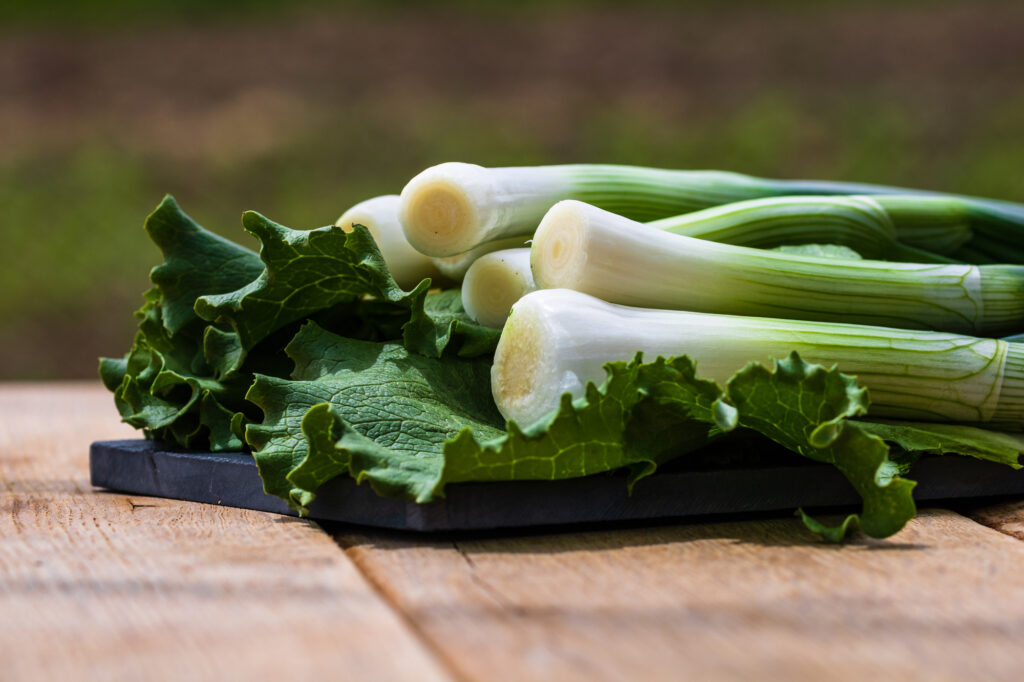
Green Onions are unfussy and grow well in most gardens, adding a mild onion flavor to countless dishes. They need well drained soil with full to partial sun.
Chives

Chives are one of the few perennial vegetables that can thrive in nearly all kinds of soil and weather conditions. These hardy plants are known for their slender, grass-like leaves and delicate onion-like flavor. They are a perfect addition to creamy potato dishes, providing a subtle and fresh onion taste.
Additionally, the purple flowerheads of chives can add a vibrant touch to any garden space, attract pollinators, and bring beauty and color to your outdoor area.
How to Start a Herb Garden from Scratch

Growing something as simple as our own herbs is a huge step towards sustainability. You can begin the process in a small space in the kitchen or backyard with some of your favorite herbs. Here are some simple but practical steps to get you started on your own herb garden.
How to Start a Herb Garden from Scratch
8 Budget-Friendly Front Yard Ideas for Stunning Curb Appeal

Improving your home’s curb appeal not only presents well but can also boost your home’s value. And even if you are on a tight budget, with simple yet affordable ideas, you can have your front yard looking like a star in no time. Here are 28 to give your front yard the attention it deserves and transform it into a beautiful and inviting space you can be proud of.
28 Budget-Friendly Front Yard Ideas for Stunning Curb Appeal
Plants to Grow Now for a Mosquito-Free Summer

Here are some of the best plants that you can grow in your yard to help keep the mosquitoes at bay.
12 Plants to Grow Now for a Mosquito-Free Summer
How to Outsmart Gnats to Keep Them Away From Your Houseplants
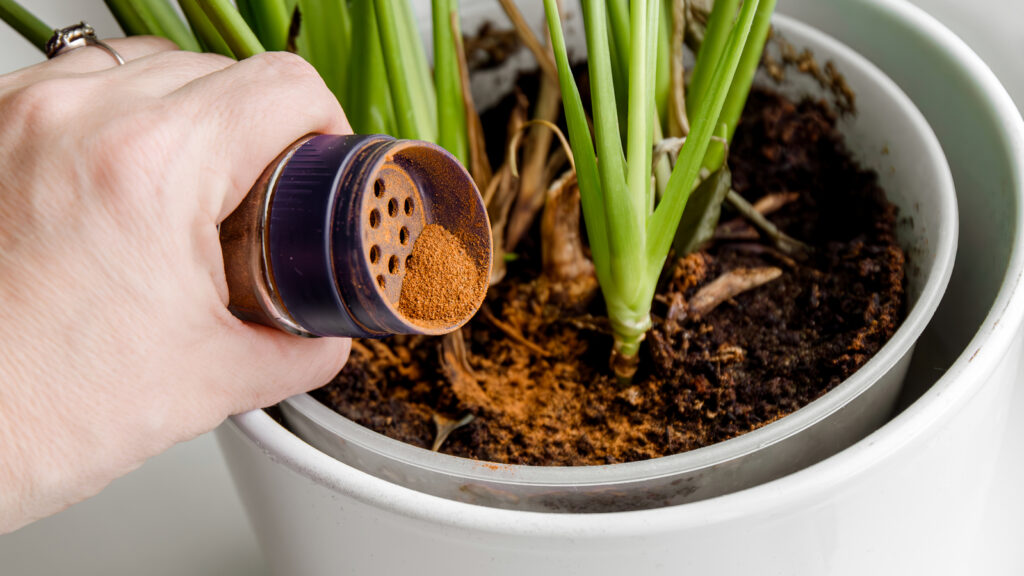
Gnats are more than just a minor annoyance; these tiny pests buzz around with a persistence that’s hard to ignore. Here are ten effective ways to keep gnats away from your house plants.
How to Outsmart Gnats to Keep Them Away From Your Houseplants
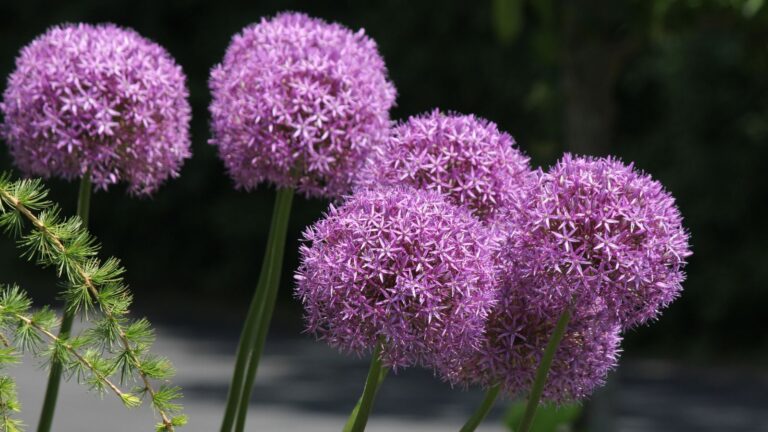
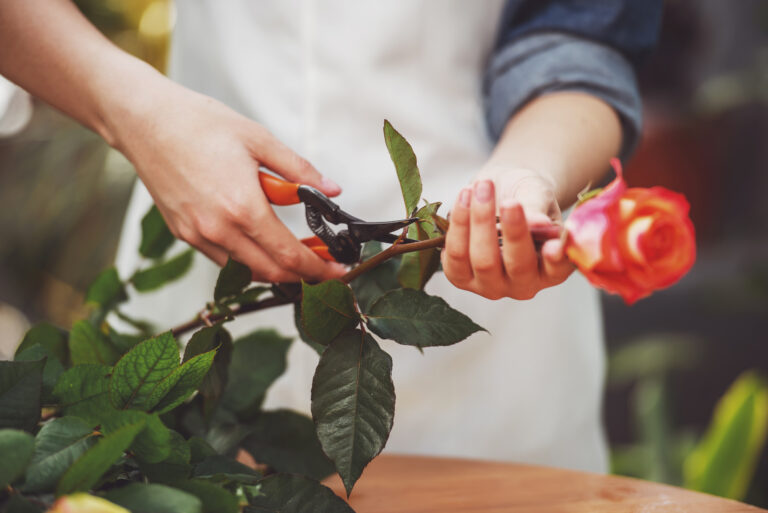

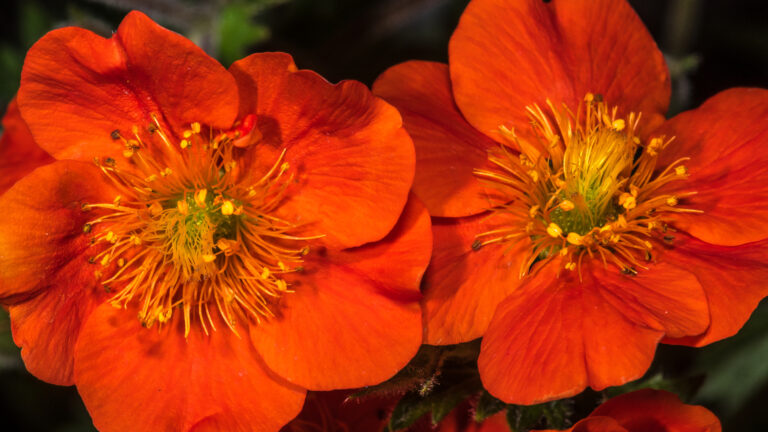
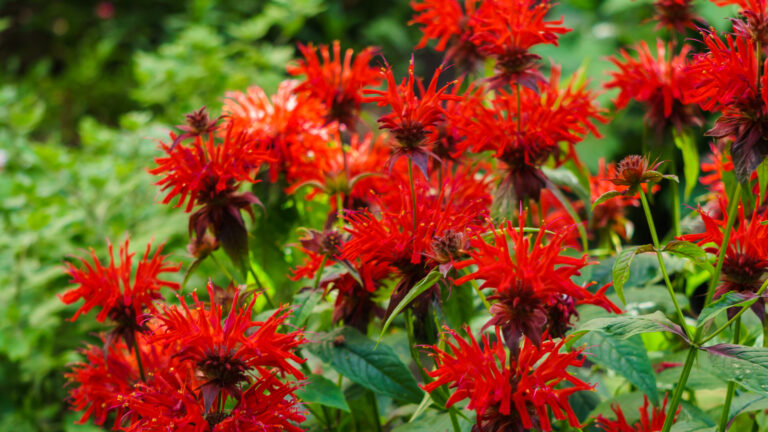

Thanks for an informative article. We started a school garden a couple of years ago. It has grown into an elective and connected people in our school and community.
That is so wonderful.